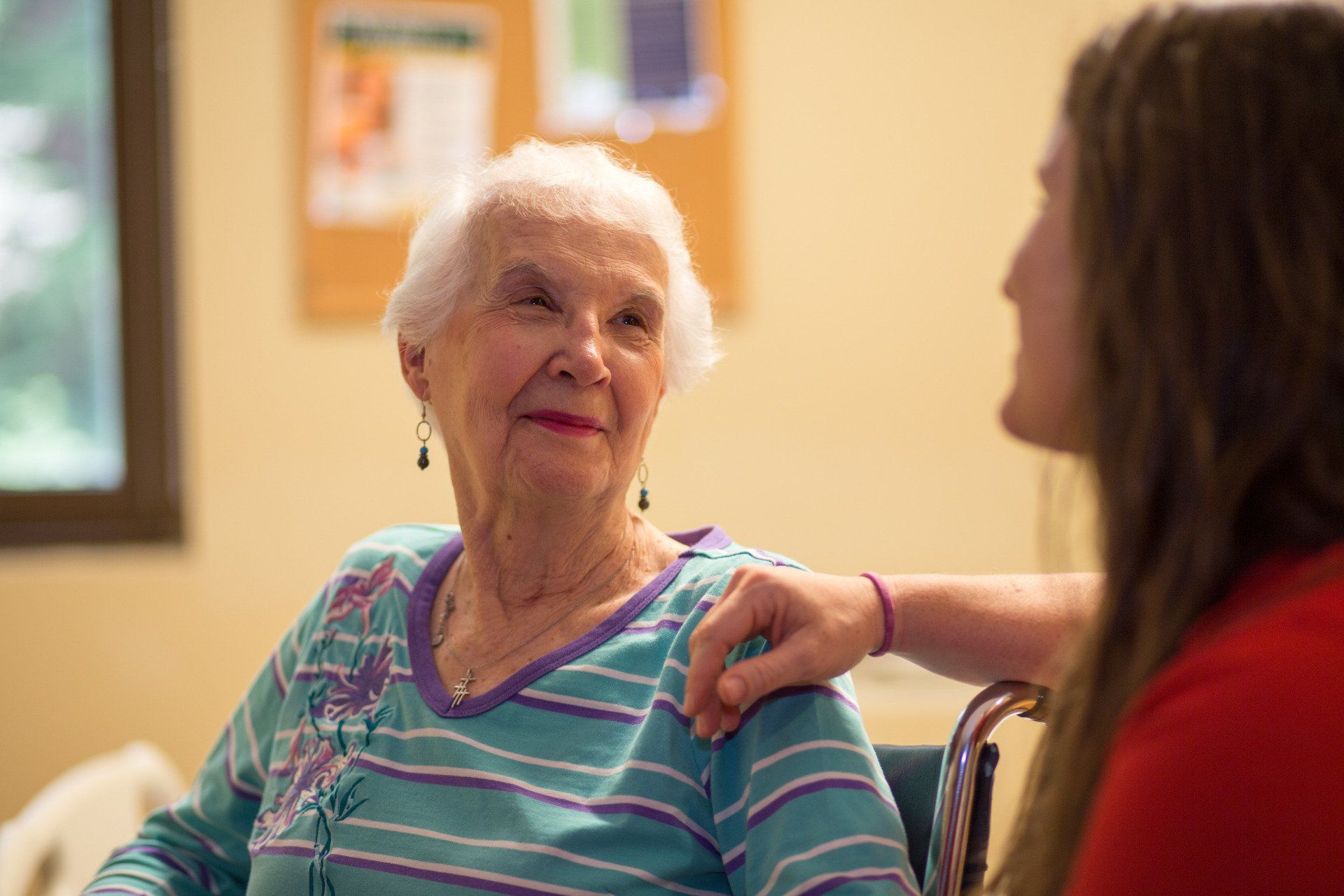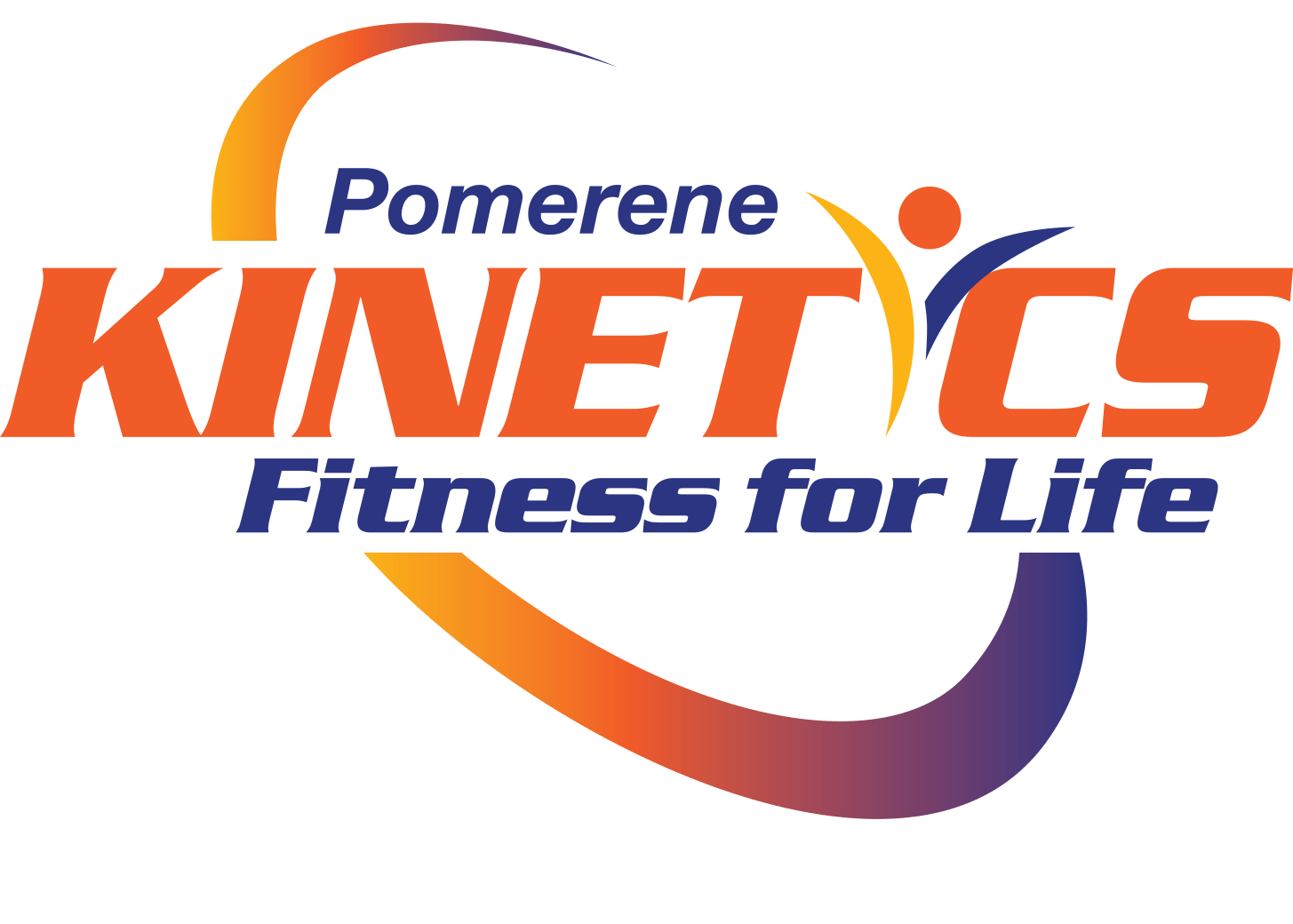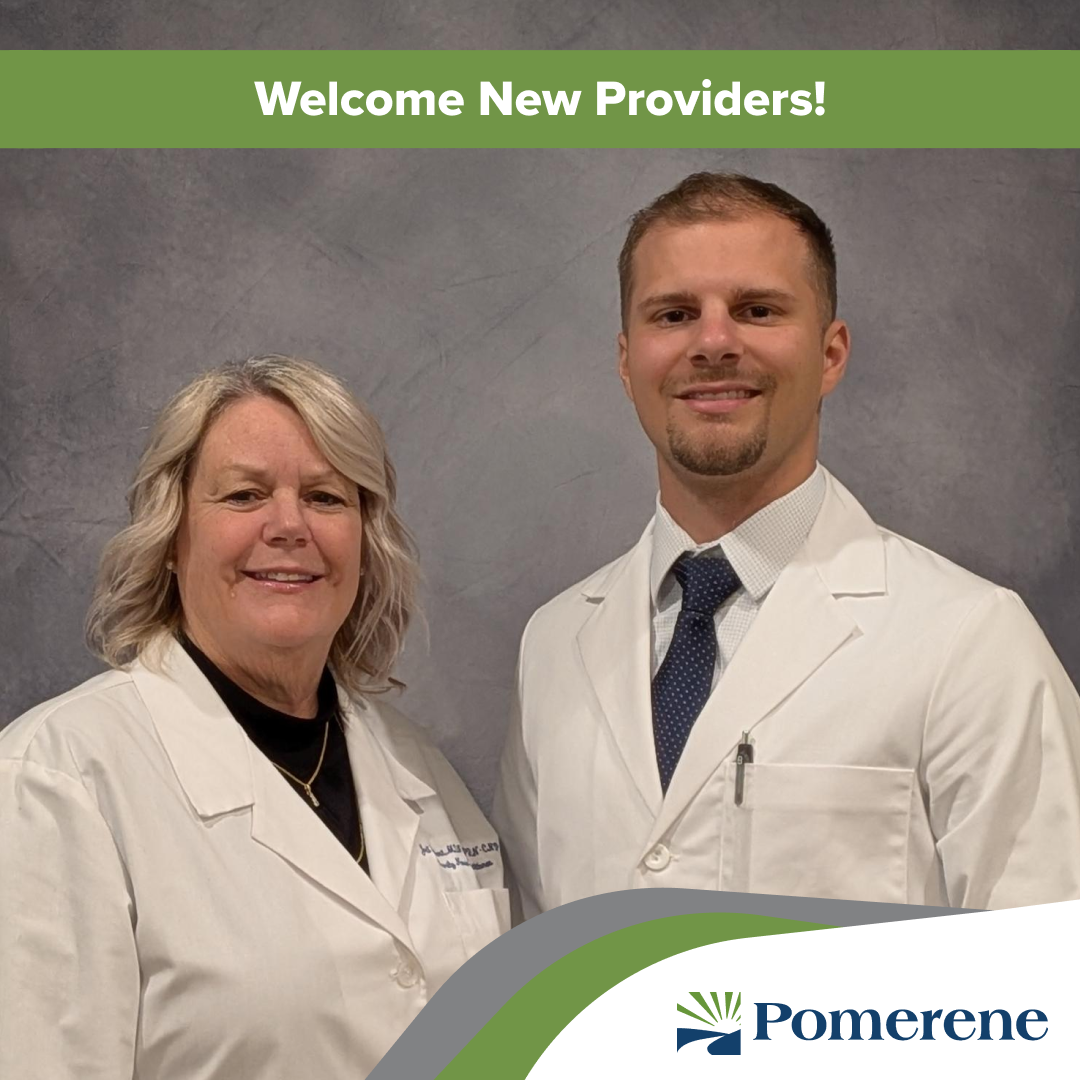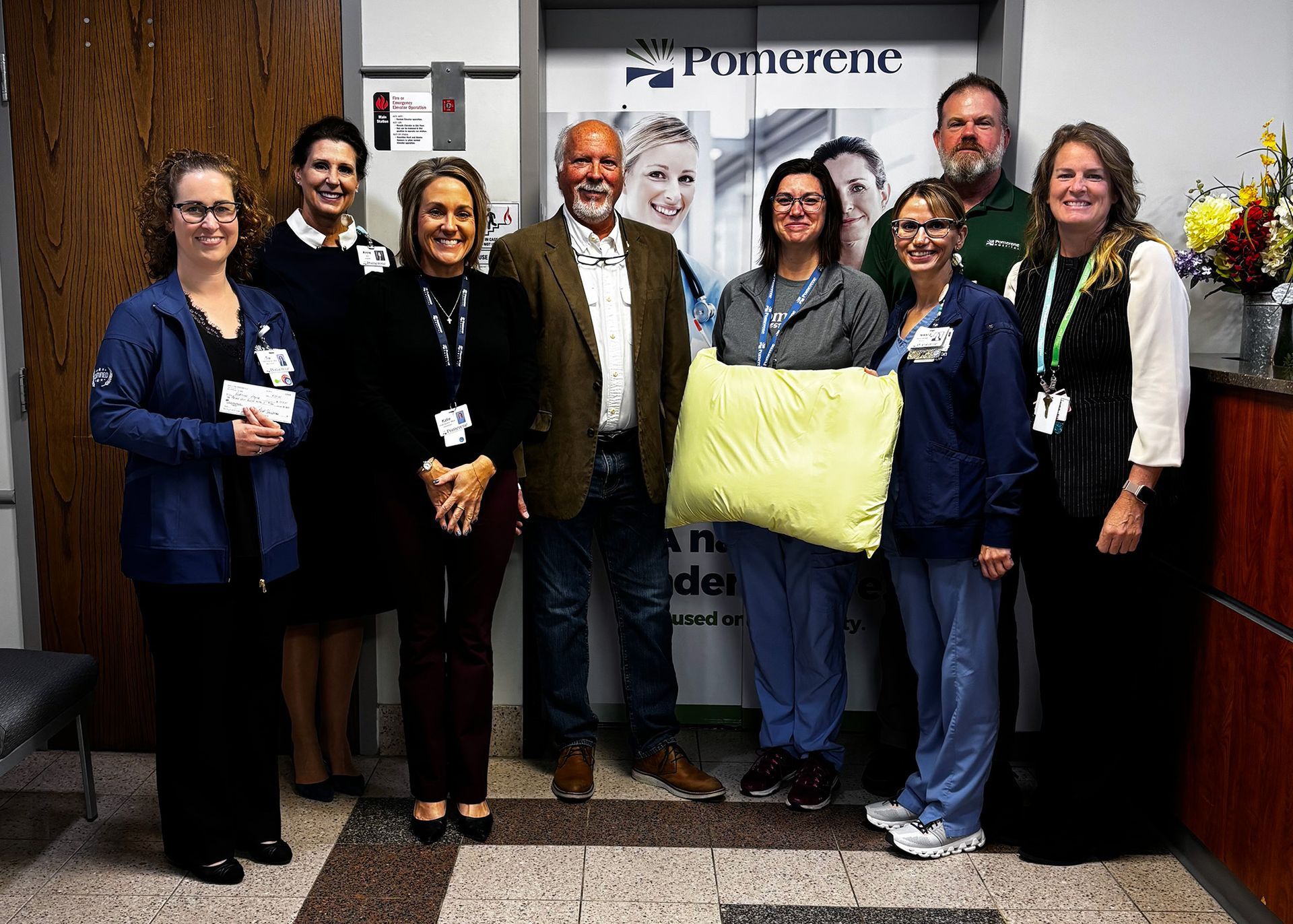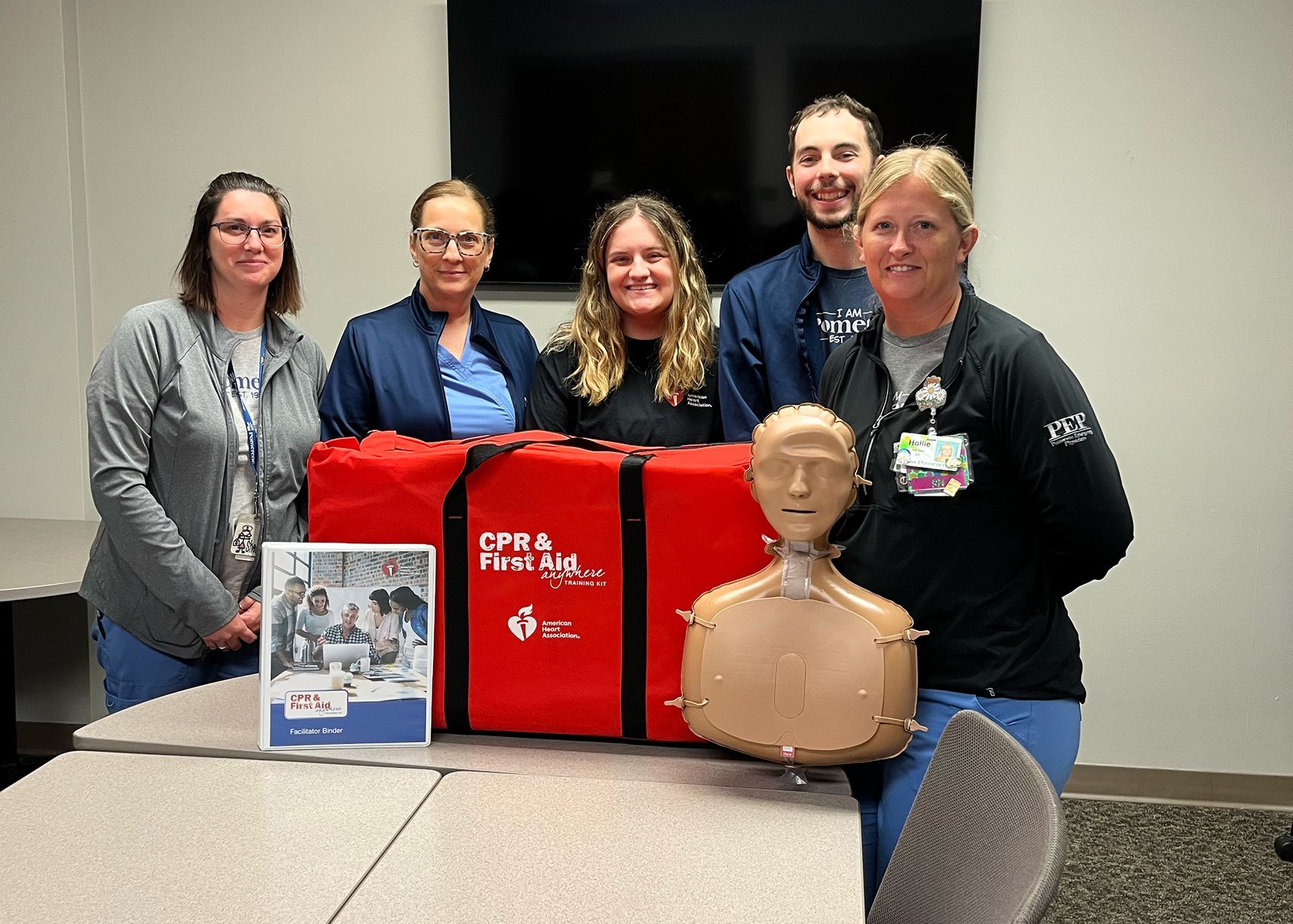Human Milk...Amazing!

I’ve been told, “I’ve never seen anyone more excited about breastfeeding than you.” In fact, one patient’s friend recently referred to me as “Lacto-Lady” (she actually couldn’t remember my title of lactation consultant, but I didn’t correct her…sounds like it might come with a cape, and what’s not to love about that?!). So, what IS the big deal with breastfeeding? Why would I spend so much time and energy learning about it and then strive so hard to pass it along? There is simply not enough room allotted for this article to answer those questions fully, but I will mention a few of the most important points in hopes of sparking some interest and further understanding.
There is nothing on this planet that can come close to human milk for a human baby, coming from that baby’s own mother. Period. There are now 100,000 known components comprising human milk (that’s not a typo – 100,000!). Science now has names and known actions for approximately 1,000 of those with ongoing research into the workings of the remaining 99,000. The thought is that some of these ingredients are remarkably responsible for the full completion of many of the body’s systems on the cellular level. Without these human milk components, the body must substitute or do without during the growth process. Substitutions and deficits lead to suboptimal development and inflammation, opening the body up to disease processes.
Two of my favorites (of the 100,000 human milk ingredients) are the glycoproteins MUCIN 1 and MUCIN 4. Talk about amazing ….these little guys are rock stars! They have the ability to settle into the top layers of the intestine to block out pathogens (the bad guys) while still allowing in nutrients. At the same time, their tails are decoys that resemble the infant’s top intestinal layer – harmful pathogens are attracted to these decoys and attach to them. The MUCIN brothers then hold onto these bad boys until they die: HIV, rotavirus, Escherichia coli, and Salmonella don’t stand a chance. Other glycoproteins have demonstrated binding to H. influenzae, Streptococci, Helicobacter pylori, Reovirus, E. coli, and Burkholderia cepacian. I don’t know about you, but this stuff gives me goosebumps!
It is no wonder that back in 1991, in an effort to reduce infant mortality, the World Health Organization (WHO) and the United Nations Children’s Fund (UNICEF) launched the Baby-Friendly Hospital Initiative (BFHI), a global program to encourage the broad-scale implementation of the Ten Steps to Successful Breastfeeding and The International Code of Marketing of Breast-Milk Substitutes. Many developing countries which in the past accepted huge amounts of infant formula (which was then mixed with contaminated water!) have seen a 50% drop in infant mortality since these efforts.
In 2015, Ohio ranked seventh highest in infant mortality amongst all states in the US. Knowing that breastfeeding lowers infant mortality, the Ohio Hospital Association and the Ohio Department of Health collaborated to offer the Ohio First Steps for Healthy Babies breastfeeding program, an initiative to recognize maternity centers in Ohio that have taken steps to promote, protect and support breastfeeding in their organizations. The program offers a number of opportunities for learning and networking in support of the Ten Steps to Successful Breastfeeding. We are happy to announce that last month, Pomerene Hospital was awarded our fifth and final star, the highest ranking, in the Ohio First Steps for Healthy Babies program. As “Lacto-Lady”, I am very appreciative of the nurses and OB providers I work alongside who have contributed to this accomplishment.
References
Cacho, N. T., & Lawrence, R. M. (2017). Innate Immunity and Breast Milk. Frontiers in immunology, 8, 584.
https://doi.org/10.3389/fimmu.2017.00584
https://www.cdc.gov/nchs/pressroom/sosmap/infant_mortality_rates/infant_mortality.htm
https://www.unicef.org/programme/breastfeeding/innocenti.htm
Wambach, K. & Riordan, J. (2016). Breastfeeding and human lactation 5th ed. Burlington, MA: Jones and Bartlett Learning
Wilson-Clay B., Hoover, K. L. (2017). The breastfeeding atlas 6th ed. Manchaca, TX: LactNews Press.
